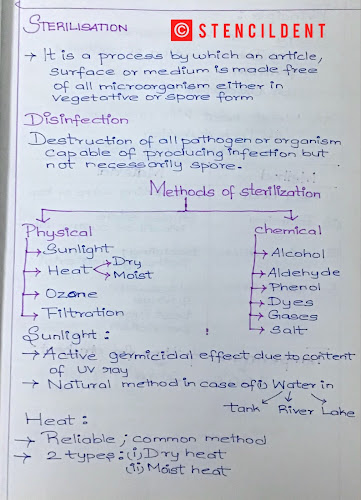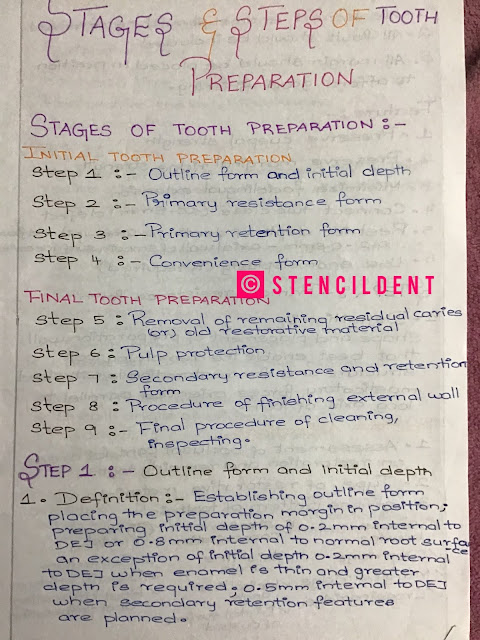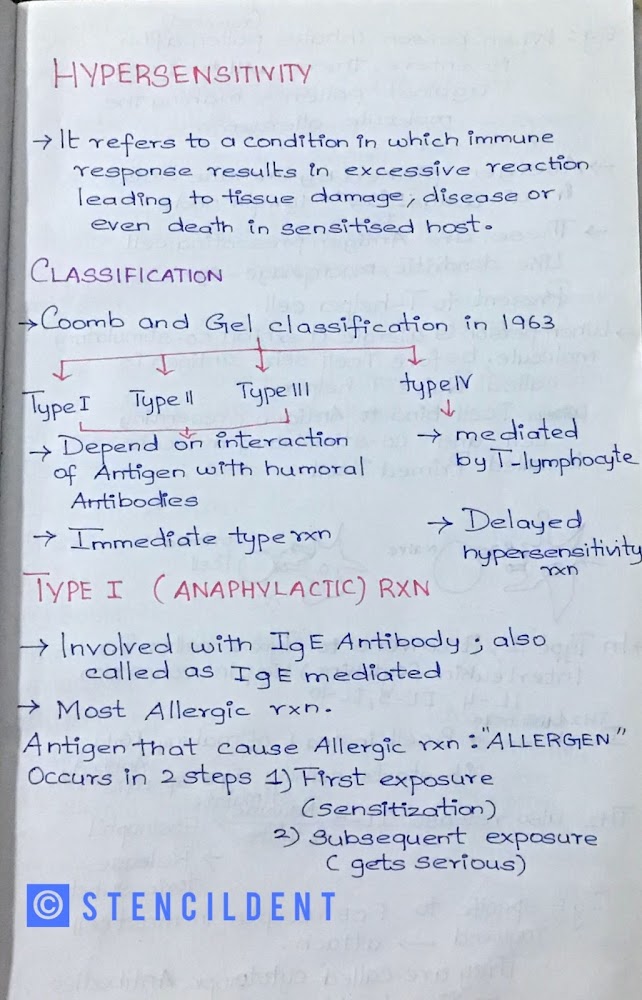REACTIONARY HEMORRHAGE -ETIOLOGY ,CLASSIFICATION,PATHOPHYSIOLOGY, PRECIPITATING FACTORS ,CLINICAL FEATURES,TREATMENT
REACTIONARY HEMORRHAGE
INTRODUCTION:
- The term hemorrhage refers to excess loss of blood due to rupture of blood vessel
CLASSIFICATION 1 (ACCORDING TO SITUATION ):
- ARTERIAL -
Pulsating flow
Spurting blood
VENOUS-
- Dark red colour ,steady slow flow
CAPILLARY -
Bright red ,slow even flow
CLASSIFICATION2 (ACCORDING TO TIME OF WOUND)
- PRIMARY HEMORRHAGE-occur immediately
- REACTIONARY HEMORRHAGE-occurs in first 24 hours after operation
- SECONDARY HEMORRHAGE- infection present ,blood vessel wall erode and burst
CLASSIFICATION 3
- REVELAED
- CONCEALED
- INTITIALLY CONCEALED BUT LATER REVEALED
CLASSIFICATION 4
- ACUTE
- CHRONIC
- ACUTE ON CHRONIC HEMORRHAGE
Classification by American college of surgeons "ADVANCED TRAUMA LIFE SUPPORT ".
ETIOLOGY :
- Thyroid surgery
- Cholecystectomy
- Major abdominal surgeries
- Circumcision
- Hydrocele surgery
- Tonsillectomy
PRECIPITATING FACTORS:
- Coughing
- Vomiting
- Increased blood pressure
- Clot dislodgement
- Straining
- Venous refilling during recovery from anesthesia
- Slipping of ligature
PATHOPHYSIOLOGY:
- Reactionary hemorrhage occur within 24 hours after surgery or after injury
- Commonly in 4-6 hours
- Bleeding causes hypovolemia that lowers the cardiac output ,tachycardia resulting in hypoxia
- Bleed starts when there is a rise in arterial or venous pressure
CLINICAL FEATURE:
- Pallor
- Cyanosis
- Tachycardia
- Cold clammy skin
- Dry face
- Dry mouth
- Rapid thready pulse
- Hypotension
- Oliguria
TREATMENT :
- IMMEDIATE RESUSCIATATION:
Airway
breathing
circulation
- Normal saline /ringer lactate infusion is started
control of hemorrhage:
- Restoration of blood loss : by blood transfusion ,plasma infusion
- Catheterization
- Leg end elevation
- CVP monitoring
- Antibiotic
- Pressure and packing
- Absolute rest
CONCLUSION:
HI! vanakam stencildent family members hope you all are doing good ,the aim of this post is purely educational moto only kindly do not practice self medication always do consult a doctor and dont assume your prescription as it differs from person to person ,this post is just to share notes on reactionary hemorrhage so that it would be useful for last minute revision .
Thank you









Comments
Post a Comment